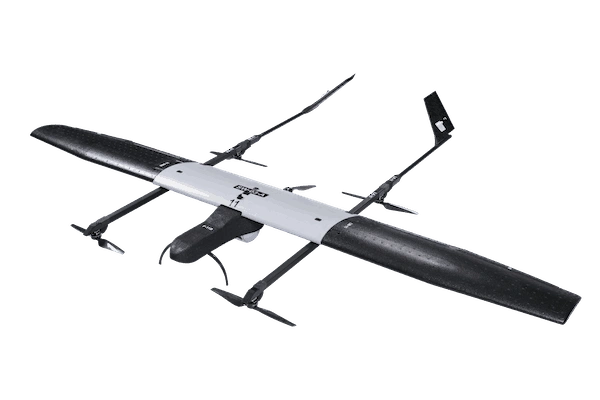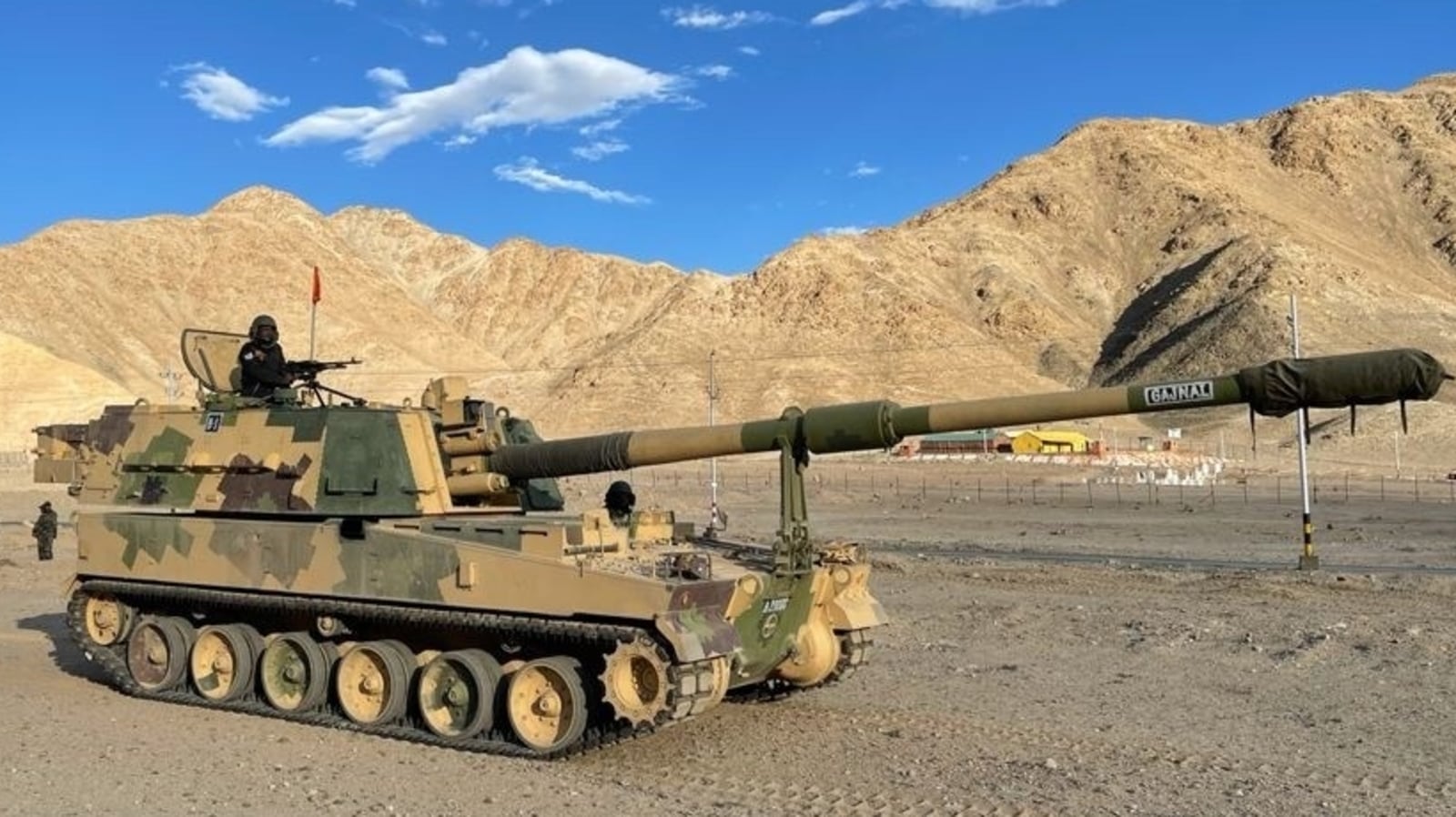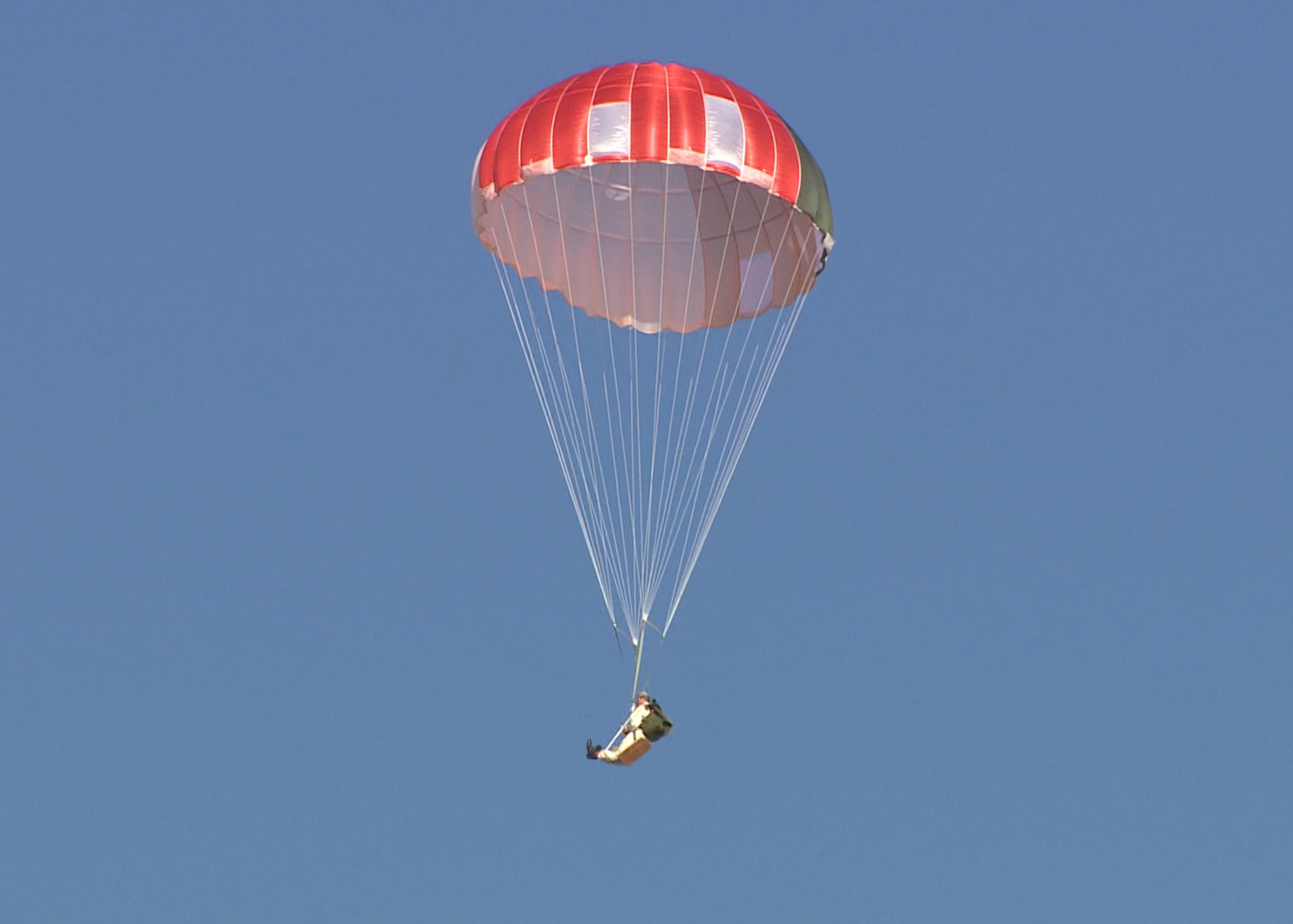Monthly Archives: January 2025
SOURCE: AFI


Advanced Weapons and Equipment India Limited (AWEIL), a leading public sector defense manufacturing company, has been declared the lowest bidder (L-1) for supplying 405 units of 7.62x39mm Assault Rifles to the Uttar Pradesh Police. The selection highlights the company’s competitive edge and strengthens its position as a trusted supplier of modern firearms to India’s security forces.
The rifles selected for the Uttar Pradesh Police are the Trichy Assault Rifles (TAR), a product of the Ordnance Factory Tiruchirappalli (OFT). Developed to meet the demands of counter-insurgency and law enforcement operations, the TAR offers
Continue readingSOURCE: AFI


ideaForge Technology Limited, a global pioneer in drone technology, has announced a major milestone with its SWITCH MINI UAV earning the prestigious “Fit for Indian Military Use” certification. This recognition, granted by the Directorate General of Quality Assurance (DGQA) after rigorous evaluations, underscores the UAV’s unmatched performance, reliability, and ability to meet the stringent requirements of the Indian Armed Forces.
The SWITCH MINI UAV’s certification is a significant milestone for the Indian drone industry. It is the only small unmanned aerial vehicle (UAV) to obtain this distinction, highlighting its excellence in operational capability and quality. ideaForge’s achievement positions the company as a leader in dual-use drone technology, catering to both defense and civil applications.
Continue readingSOURCE: AFI


In recent years, there has been a disturbing trend where individuals from Nepal and Bangladesh have resorted to fraudulent methods to obtain Indian passports, aiming to travel abroad for better job prospects or to circumvent visa restrictions in their home countries. This issue has not only led to legal complications but also poses a significant threat to the integrity and global standing of the Indian passport.
The modus operandi often involves the use of counterfeit documents like fake Aadhaar cards, PAN cards, and birth certificates to apply for and secure Indian passports. These documents are crucial for establishing identity and residency within India, prerequisites for obtaining a passport. Agents, sometimes in collusion with corrupt officials, facilitate this process by providing a full suite of falsified identity proofs. This has led to numerous arrests and the discovery of networks spread across cities like Mumbai, Delhi, Chennai, and Kolkata, where such fraudulent activities are rampant.
Continue readingSOURCE: RAUNAK KUNDE / NEWS BEAT / IDRW.ORG


In a significant boost to its artillery capabilities, the Indian Army has secured final clearance for procuring an additional 100 K-9 Vajra self-propelled howitzers, complementing the 100 units inducted in 2021. According to information shared with idrw.org, army officials have now confirmed plans for a third batch of 100 more K-9 Vajra units, set to be ordered after the integration of the current second batch.
The forthcoming second batch of K-9 Vajra howitzers will come equipped with winterization kits tailored for high-altitude operations along India’s northern borders. These modifications are crucial for ensuring the systems perform optimally in sub-zero temperatures, a common challenge in regions like Ladakh.
Continue readingSOURCE: RAUNAK KUNDE / NEWS BEAT / IDRW.ORG


In a strategic move that could reshape India’s aerospace manufacturing landscape, Saab India is poised to collaborate with Dynamatic Technologies for the production of the Gripen-E fighter jet, should it secure the Indian Air Force’s (IAF) Multi-Role Fighter Aircraft (MRFA) tender for 110 jets. This partnership would be contingent on Saab being allowed to establish its own Final Assembly Line (FAL) in India.
After terminating its previous partnership with Adani Defence for the Gripen-E bid, Saab has decided to take a solo approach under its Indian subsidiary. This decision underscores Saab’s confidence in its ability to manage and lead the entire program independently while integrating with the Indian manufacturing ecosystem.
Continue readingSOURCE: RAUNAK KUNDE / NEWS BEAT / IDRW.ORG


In a significant stride towards self-reliance in defence, India’s Ordnance Parachute Factory (OPF) in Kanpur has embarked on manufacturing seat ejection parachutes specifically designed for the pilots of the Indigenous Tejas fighter aircraft. This development marks the end of India’s dependency on foreign suppliers from America and Europe for these critical safety components.
Until now, the Indian Armed Forces have relied on imports for pilot ejection parachutes, which are integral for the safety of pilots during emergency ejections from fighter jets. The Aerial Delivery Research and Development Establishment (ADRDE), under the aegis of the Defence Research and Development Organisation (DRDO), has engineered a parachute system tailored to the demanding specifications of the Tejas aircraft.
Continue readingSOURCE: AFI


Mazagon Dock Shipbuilders Limited (MDL), in collaboration with Germany’s ThyssenKrupp Marine Systems (TKMS), has reached the commercial negotiation stage for India’s ?43,000 crore submarine project under Project-75I. This significant development marks progress in India’s ambitious efforts to enhance its submarine fleet with state-of-the-art technology.
The project, part of the Indian Navy’s Project-75I initiative, aims to procure six next-generation conventional submarines equipped with advanced Air-Independent Propulsion (AIP) systems. These submarines will provide enhanced stealth, extended underwater endurance, and superior operational capabilities, making them a critical addition to India’s maritime defense.
Continue readingSOURCE: AFI


In the simulated war scenario where the Indian Air Force (IAF) plans to strike the Pakistan Air Force (PAF) base at Sargodha with over 120 Air-Launched Ballistic Missiles (ALBMs) within the first 24 hours of conflict, the implications and outcomes could be profound.
The mission begins with IAF aircraft, likely Mirage 2000 or Su-30MKI, taking off from various bases across northern India. These planes, equipped with ALBMs, would fly close to the border or perhaps even enter Pakistani airspace covertly at low altitudes to avoid detection by PAF radar systems. The ALBMs, unlike traditional cruise missiles, would provide a ballistic trajectory advantage, allowing for a steep descent onto the target, reducing the time for defensive countermeasures.
Continue readingSOURCE: AFI


The Indian Air Force (IAF) holds a significant strategic advantage over the Pakistan Air Force (PAF) in terms of its inventory of stand-off weapons (SOWs) and precision-guided munitions (PGMs). This 4:1 superiority in stockpiles is a critical factor in maintaining air dominance and ensuring the effectiveness of India’s air power in a conflict scenario.
Stand-off weapons and PGMs are at the heart of modern air combat. They allow air forces to strike targets with high precision from safe distances, minimizing the risk to aircraft and pilots. The IAF’s extensive and diverse inventory includes air-to-ground and air-to-air missiles, glide bombs, and smart munitions sourced from both indigenous and international manufacturers. This combination of quantity and technological diversity provides the IAF with unmatched flexibility and lethality.
Continue readingSOURCE: AFI


The Indian Air Force’s (IAF) ambitious plan to establish an air-to-ground weapon training range at the Air Force Station in Bidar has hit several roadblocks, preventing it from gaining the necessary momentum. Despite the strategic importance of enhancing the training capabilities for air-to-ground combat scenarios, the project has not progressed as anticipated.
Bidar, known for its favorable weather conditions and existing infrastructure like the Hawk Advanced Jet Trainer operations, seemed an ideal location for such a range. However, the initiative has been bogged down by a series of challenges. These include environmental concerns, land acquisition issues, and bureaucratic delays. The local ecosystem and wildlife, particularly in an area rich with biodiversity, have raised environmentalist alarms about the potential impact of such a military facility.
Continue readingSOURCE: REUTERS
)

The head of Bangladesh’s interim government, Nobel laureate Muhammad Yunus, said on Thursday that his country’s high growth under ousted Prime Minister Sheikh Hasina was “fake” and faulted the world for not questioning what he said was her corruption.
Yunus, 84, an economist and the 2006 Nobel Peace Prize winner, took charge of the South Asian country’s interim government in August after Hasina was forced to flee to neighbouring India following weeks of violent protests.
Continue readingSOURCE: IDRW.ORG


At the highly anticipated Aero India 2025, Jayem Engine, in collaboration with Park Controls and Communication Private Limited, is set to showcase a groundbreaking addition to unmanned aerial vehicle (UAV) technology. The company will present its Jayem Aero Engine, specifically designed for the Rustom II Medium-Altitude Long-Endurance (MALE) UAV, marking a significant advancement in India’s indigenous defense capabilities.
The Jayem Aero Engine is a 2.2-liter turbocharged diesel engine, characterized by its inline arrangement and internal combustion mechanism. This engine has been meticulously engineered to meet the stringent demands of high-altitude, long-endurance missions crucial for surveillance, reconnaissance, and intelligence gathering.
Continue readingSOURCE: IDRW.ORG


The Defence Research and Development Organisation (DRDO) has initiated an ambitious project to develop advanced Military Internet of Things (MIoT) applications utilizing Edge/Edge Server/Central Server-based architectures. This project is a critical step toward integrating modern data analytics and artificial intelligence (AI) into military operations, enabling real-time decision-making and efficient resource management in military environments.
The proposed solution will incorporate a robust mechanism to capture, process, and manage data from various sensors deployed in the field. The system will process this data at the IoT node level before transmitting it to a central control center or a smart military base for further analysis and storage in a centralized database.
Continue readingSOURCE: AFI


The Defence Research and Development Organisation (DRDO), India’s premier defence R&D institution, is advancing its hypersonic technology with ambitious plans for a 2000-kilometre range Hypersonic Glide Vehicle (HGV). Beyond this milestone, DRDO has revealed plans to also explore the development of an HGV capable of delivering strikes at ranges of up to 15,000 kilometres, potentially placing any target worldwide within India’s reach.
India has been actively working on hypersonic technologies, with DRDO Prime’s focus being on the development of a 2000-kilometre HGV, This system is designed to address regional threats, leveraging hypersonic speeds to evade advanced missile defence systems.
Continue readingSOURCE: AFI


India’s Republic Day Parade on January 20, 2025, marked a historic moment as the country showcased the twin launcher configuration of the Pralay ballistic missile system for the first time. Developed by the Defence Research and Development Organisation (DRDO), the Pralay missile represents a significant leap in India’s tactical missile capabilities, designed to bolster the country’s defense posture along sensitive borders.
The Indian Air Force (IAF) placed its first order for 120 Pralay missiles in December 2022, followed by the Indian Army’s order for 250 units in 2023. This year’s Republic Day display indicates the readiness of a new production batch for deployment along critical regions, including the Line of Actual Control (LAC) with China and the Line of Control (LoC) with Pakistan.
Continue reading